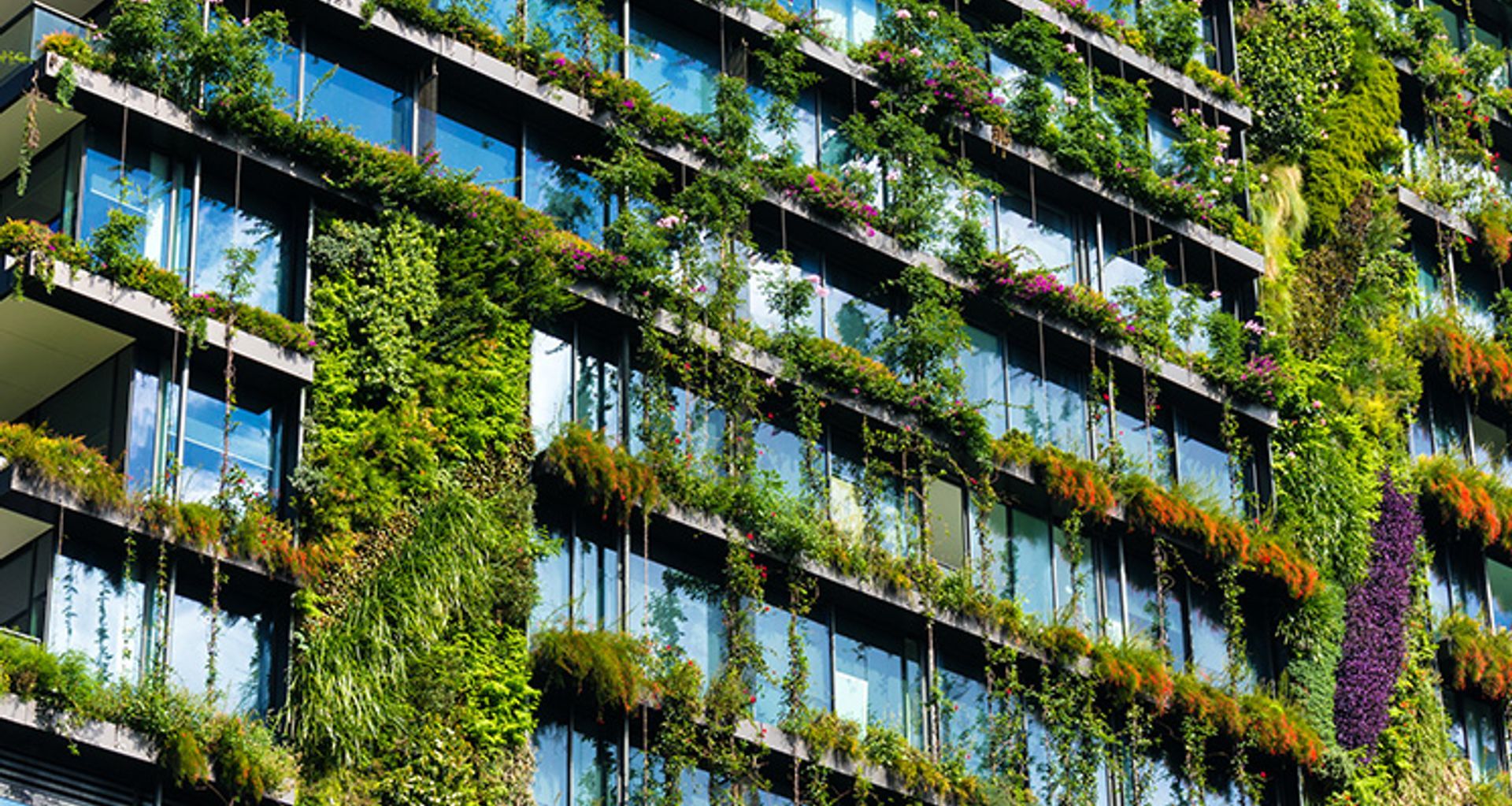The Importance of Low Energy Buildings in A Low Carbon Era

Few people know the difference between low energy and low carbon buildings. Mike Rainbow, associate principal of Ark Resources, is one of the people who not only know the differences, but he also dedicated most of his professional life to designing low energy buildings and to improve the energy consumption of the existing ones.
Rainbow thinks that nowadays people talk more about carbon emissions than energy consumption. They are both markers for green buildings and they both should be highly considered when designing a building.
“We used to talk in the 1990s about low-energy buildings. The concept of sustainability came to the fore later after which the term ‘low carbon’ became more prominent. Nowadays, a lot of conversations about buildings are framed in terms of the assessment of carbon performance. Yes, we talk about energy rating but is usually in terms of X number of kilograms of carbon prevented from being emitted, rather than in terms of kilowatt-hours,” Rainbow said.
Of course, there are differences between the two concepts. Low carbon buildings can use a lot of green energy, but that is energy nevertheless. Energy-efficient design is still important.
Rainbow thinks that there should be an equal focus on energy efficiency and low carbon emissions. He also states that “It isn’t necessarily supported by standards that allow purchasing of carbon offsets.”
Regarding energy efficiency in the design of a low carbon building has its advantages. And one of the main ones is that the building will need less renewable energy in the long term.
Mike Rainbow talk also about the liberties you can take with the design when you include energy efficiency in the project.
“I guess one of the risks of thinking exclusively about carbon is that it takes you away from the immediacy of the building and what’s happening on the site. It makes you less aspirational with the design. What we must do is to take a fabric first approach,” Rainbow said.
NatHERS, the intensity rating, NABERS, the carbon intensity rating, NCC Section J Energy Efficiency 2016, which relates to energy efficiency, the draft to NCC Section J Energy Efficiency 2019, which targets carbon efficiency referenced against an energy efficiency baseline and the Green Star Energy category, which is a complex blend of carbon and energy alternative compliance criteria are considered “subtle perversions” by Rainbow.
Rainbow says that all buildings will be carbon neutral in the future. “All buildings’ actual carbon intensities improve automatically year on year as the grid decarbonises and building stock shifts away from gas to all-electric heating. By 2050 the grid is meant to be fully renewable so all buildings, good and bad, will trend towards carbon-neutrality and become increasingly undifferentiated by their carbon intensities.”
In this scheme, energy consumption should play a bigger role, seeing that carbon consumption varies during the day.
“In both energy and carbon terms, we currently consider 1 kWh generated by PV to be identical to 1 kWh of power saved by an LED light. In real hourly emissions factor terms, the LED is better since it’s more likely operating after dark.”
Ark Resources associate principal thinks that people should invest in energy-saving appliances, before thinking about carbon consumption.
“You can create a zero-carbon building – which will be a prerequisite of a Green Star 6 star certification from 2020 – but it doesn’t prevent you from having an inefficient building.
Standards are problematic when it comes to energy consumption. Rainbow says that “It’s possible to be carbon neutral with a glass box if powered by biomass boilers or other low carbon sources, so it’s not a great substitute for minimum energy performance.”
